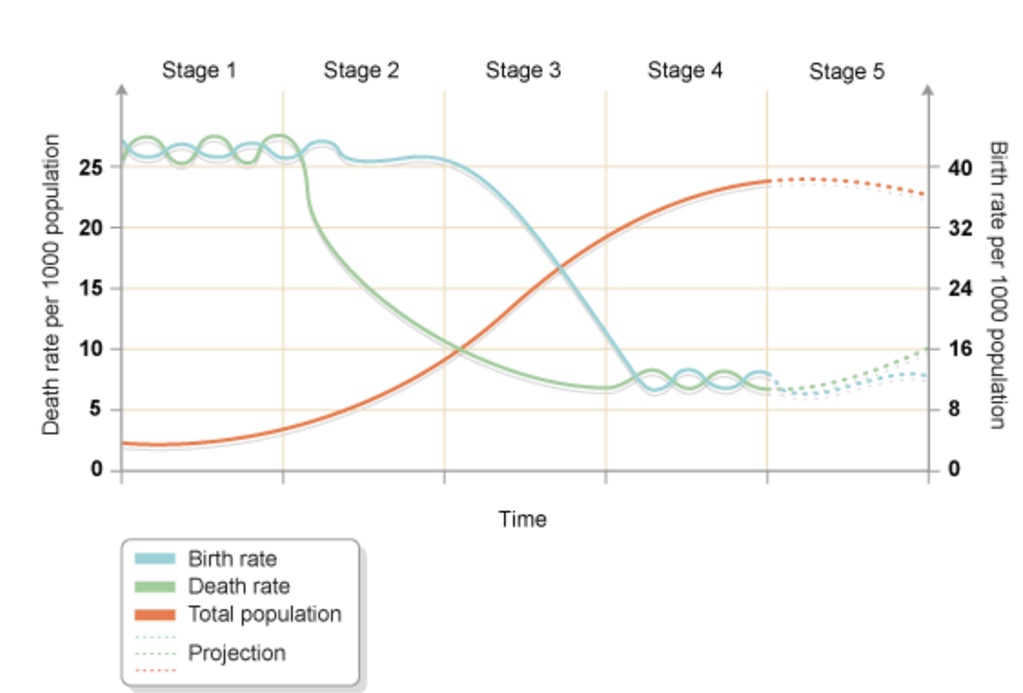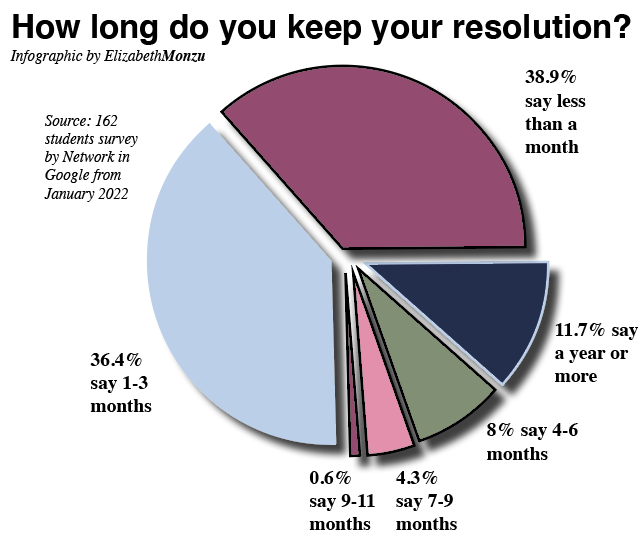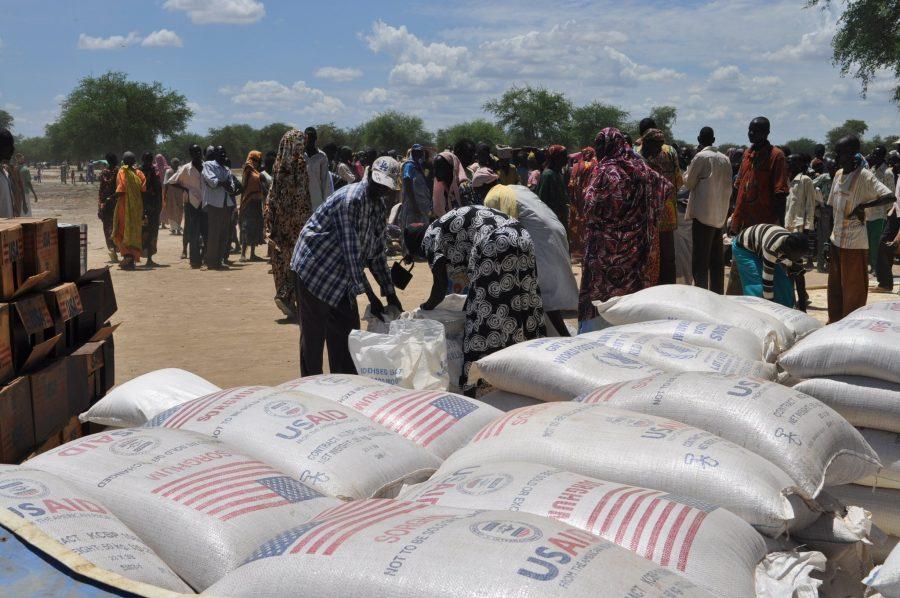By Jack Mastrangelo
If you’re someone who follows global news, you’ve no doubt heard about the problems plaguing sub-saharan Africa. According to World Hunger and World Bank, 232 million people are malnourished and 414 million live in extreme poverty (defined by World Bank as $1.25 a day or less) (1,2). This is a serious problem, with millions of our fellow humans starving and living in glaring poverty. However, this problem is not falling on deaf ears. For years, developed countries have been donating billions upon billions of dollars to the continent. In 2013 aid hit record highs of $135 Billion USD and since 2000 has not dropped below $80 Billion USD per year. Yet, from 1990 to 2014 the number of malnourished in Africa has risen from 187 to 232 million (1).
So why are more people starving in Africa after the continent has received aid? To answer that, we must first recognize that there are more people starving in Africa partly because there are more people in Africa than ever before. In 1970 Africa had a total population of 367 million. As of 2010, Africa had a total population of 1.03 Billion. Historically, Africa’s population growth is not unique, every region on Earth experiences a large boom in population as it becomes more developed. What is unprecedented historically is the mass poverty and hunger this population boom is causing in Africa. To explore why, we must look at the mechanisms of population growth. Population growth in developing countries occurs as the countries pass through what is known as demographic transition (Fig 1).

Undeveloped countries are in Stage 1 of demographic transition. At this stage the death rate is very high due to high rates of infant mortality, therefore families have many children to compensate so that some children may live into adulthood. At this stage the population is fairly stable. Then as countries begin to develop and modernize, they enter Stage 2 of economic transition. At this stage infant mortality drops as more food and medical technology is introduced to the country. During this stage people follow tradition and continue to have many children as before and the population booms. As a country enters Stage 3, birth rates begin to decline. In undeveloped rural economies children are useful economic assets that help work the farm. In developed urban economies children become economic drains on their parents ($40,000 of tuition a year anyone?). This effect, combined with better access to contraceptives and more educated working women, leads to the birth rate decline. Finally, when a country enters Stage 4 birth rates are about equal to death rates and the population stabilizes.
This is a process that every country goes through, but only in Africa has the population boom resulted in such horrific conditions. Why? Because foreign aid has pushed Africa into Stage 2 before the continent is ready. Mass donation of medical technologies and food has decreased infant mortality at a higher rate than Africa’s growing economy can catch up with. Therefore, aid meant to save lives is in fact just leading to the creation of hundreds of millions of lives that are doomed from the beginning, as their country is unable to support them from the get go. In addition, programs like food aid are directly retarding the economic growth of Africa. When western governments send free food they benefit their own farmers by buying their food, then in Africa they price local farmers out of business. This means that food aid meant to help Africans in fact helps American farmers, the complete opposite of its intended purpose.
It is true that the percentage of hungry has gone down and continues to fall. Most of these improvements, however, are not the result of aid given directly to Africa, but instead the result of economic growth coming to the region. While immediate change is unrealistic, as Africa’s demographic transition is already far underway, those providing aid should reflect on the potential unintended consequences of benevolent actions. If aid’s emphasis had been placed on trade and development, perhaps the demographic transition could have been forestalled until the economies could support some, if not all of the new population.
Featured image courtesy of blog.usaid.gov
- http://www.worldhunger.org/articles/Learn/world%20hunger%20facts%202002.htm#Number_of_hungry_people_in_the_world
- http://www.worldbank.org/content/dam/Worldbank/document/State_of_the_poor_paper_April17.pdf
- http://www.oecd.org/dac/stats/development-aid-stable-in-2014-but-flows-to-poorest-countries-still-falling.htm
- http://ourworldindata.org/data/population-growth-vital-statistics/world-population-growth/
- http://www.oecd.org/dac/stats/documentupload/2%20Africa%20-%20Development%20Aid%20at%20a%20Glance%202015.pdf
- http://documents.wfp.org/stellent/groups/public/documents/newsroom/wfp262299.pdf





























